Best of MUSUBI: Countryside Exercise
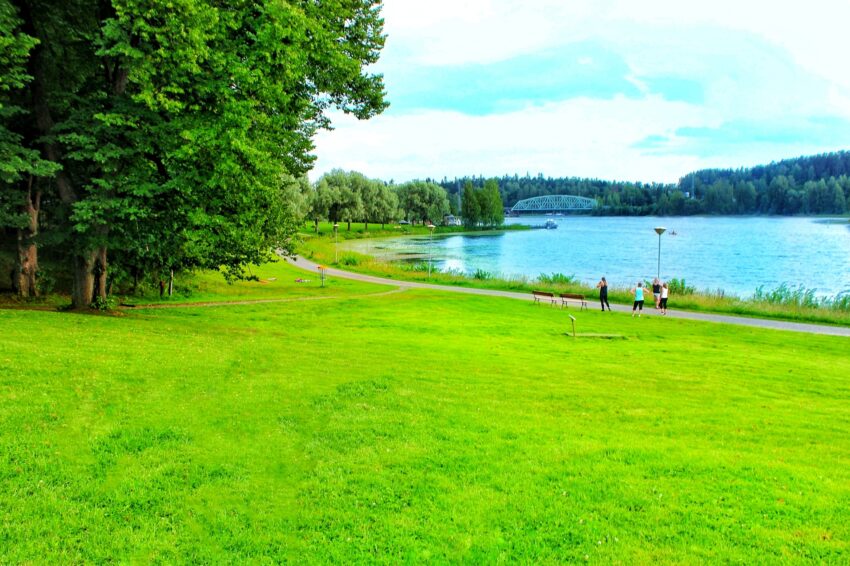
Welcome again to Best of MUSUBI, where we revisit articles from the past and breath new life into them with updated information and photos!
Before I came to Japan, I had recently started to become more health-conscious. I was in my late twenties and wanted to have a lifestyle change and be fit while I was still young. Staying healthy and fit does wonders for one’s self esteem and has the added benefit of combating depression, laziness, and other sickness ailments. To do this I had joined the gym, changed my diet, and my daily activities. Moving to Japan was already a culture shock in itself, due to different foods, different health culture, and changes in the kind of available transportation.
Coming from Los Angeles, I had to vastly change what I eat daily in Japan. The two places have a completely different selection for foods. Los Angeles leans heavily on the side of Mexican cuisine while Japanese food has a wide variety of seafood and meats with rice as a base.
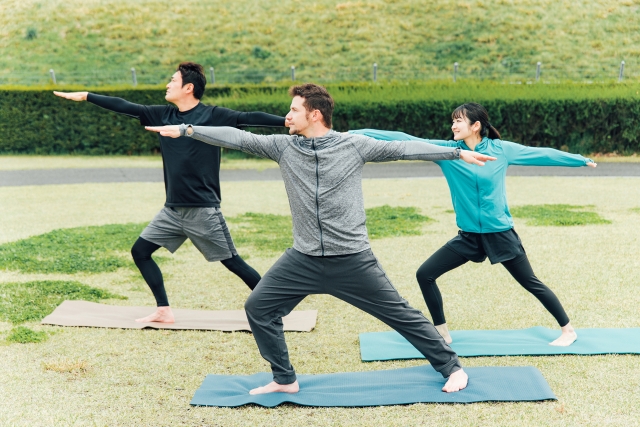
Photo by a FineGraphics
Japan is one of the healthiest countries in the world, but even they have a list of delicious, unhealthy foods that are hard to avoid such as ramen, fried convenience store foods, okonomiyaki and more. Luckily, their list of healthy foods is even larger, such as sushi, grilled fish, natto, vegetables, tofu etc. The supermarkets have similar layouts and designs to American supermarkets so shopping is not a challenge.
The primary challenge I had in Japan was finding fitness supplements, particularly protein for building muscle. To build muscle with exercise you need to consume a large amount daily. You can get a lot of your daily recommended amount from eating things such as fish and chicken, but it helps to supplement with protein powder.
Until recently, however, protein powder was not something that was easily available at supermarkets, and supplement stores are not common in Japan. The protein powders that can be found in supermarkets are limited in variety and do not have as much protein per gram compared to the more popular brands. And due to the more limited availability of protein, the price is higher than it would be in western countries (Around 5,000 Yen for a 1 kg bag).
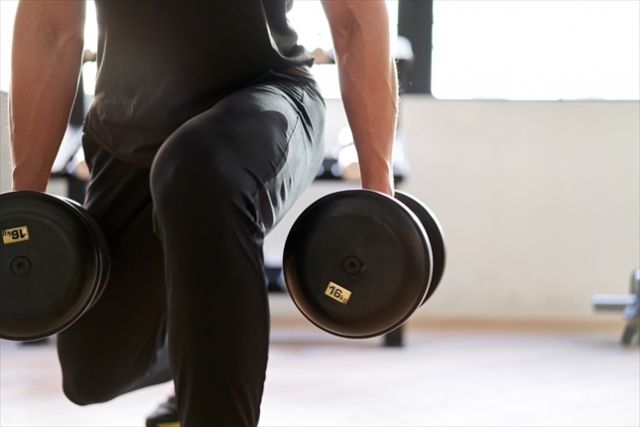
Photo by a まぽ
For more variety, my recommendation is to buy online. Online stores such as Amazon or Rakuten have a humongous variety to choose from. An added benefit of buying protein in Japan is that the Japanese protein companies often do collaboration events with TV shows or anime. So there is a likely chance that your favorite anime has their own limited flavor that you can enjoy before or after a workout.
Finding a gym was another challenge in Japan. In Los Angeles, gyms are found on every corner and are gargantuan. In the Japanese countryside, finding a gym is akin to finding a unicorn. The gyms outside of large cities are much smaller in size, and are often personal trainer gyms, which cost more money and may not fit everyone’s preferred exercise routine.
For people living in the countryside, the prime choice would be to find an Anytime Fitness gym. Anytime Fitness is a 24 hour gym that has locations popping up all over Japan, including the more rural areas.
These gyms are often located near train stations and have easily accessible parking. The facilities are relatively small compared to the usual larger corporate gyms but Anytime Fitness has most of the necessities for cardio or targeting muscle groups. Since gym culture is not as popular in Japan as compared to America, the wait times for using equipment is shortened as well.
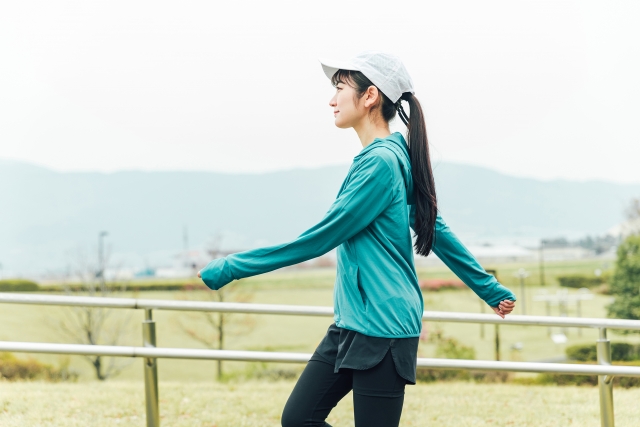
Photo by a FineGraphics
An added benefit of living in Japan is how much accessibility there is for pedestrians and cyclists. The roads are usually well maintained and kept clean, so cycling long distances can be done easily, given you are not stationed in a mountainous prefecture. If you were dispatched to a more flat region of Japan such as the Kanto region, I recommend cycling to work when the weather and distance from your school is reasonable. Not only is cycling easy in Japan and commonly done by Japanese citizens, it also is a great extra cardio exercise that will help shed some extra weight.
A nice plus I found is that, compared to driving, cycling is much less stress-inducing. Not sitting in traffic daily and enjoying the beautiful Japanese scenery is great medicine for the heart. Occasionally Japan does have heavy rain, heat waves, typhoons, and snowstorms, so drive when needed. Better to be safe than get just one hour of cycling done.
The transition from a western country to Japan can be jarring at first, but all of the tools to have a healthy lifestyle are readily available. There is so much to see and do in Japan, so make sure your body is just as ready as your mind!
Photo Credits:
Additional photos by まぽ and FineGraphics
All other content (text) created by the original author and © 2023 MUSUBI by Borderlink
RELATED
-

Fundamental Fitness: How to Avoid a Transplant
Top Photo: Timothy Ian Horn, used with permission There’s a sickness that cannot be cured with simple re… -
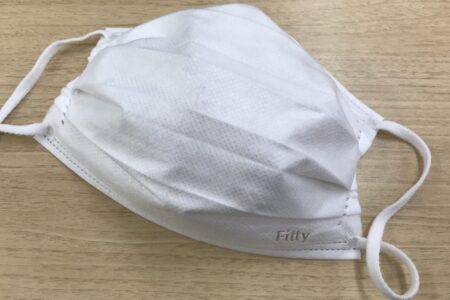
One (Thing) For All
Top Photo: taken by MUSUBI staff member, Ⓒ 2021 MUSUBI by Borderlink The situation we have found ourselves to … -
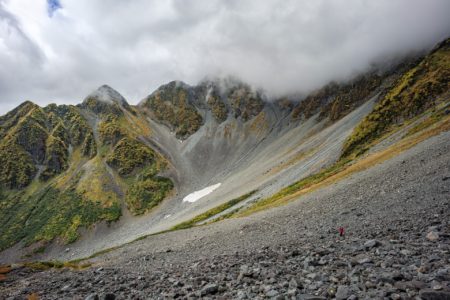
Natural Beauty at its Best!
Top photo: Kanenori on Pixabay Are you looking for places where you can admire the natural beauty of Japan? So…
PEOPLE

Aki Duon
From Macau
Has experienced Japan for several healthy years!



